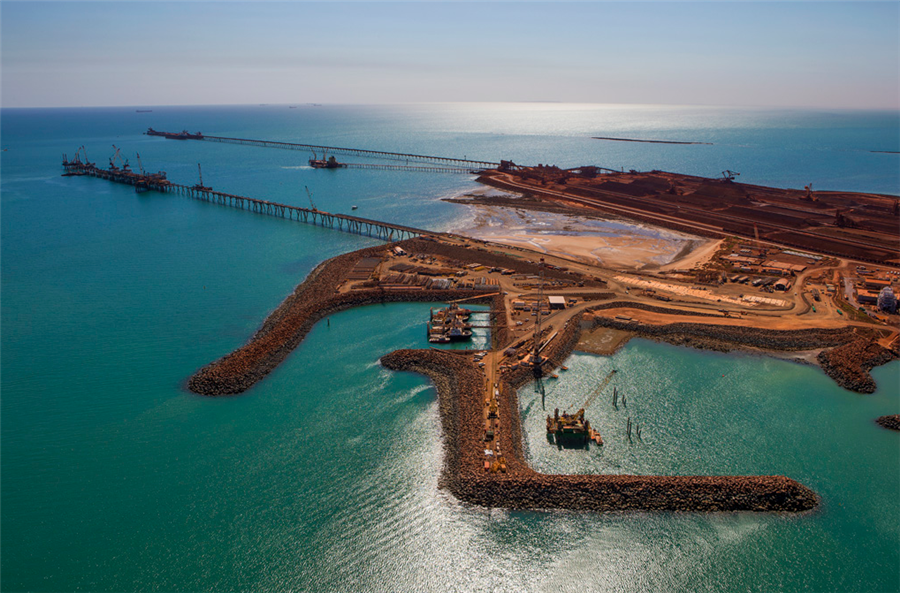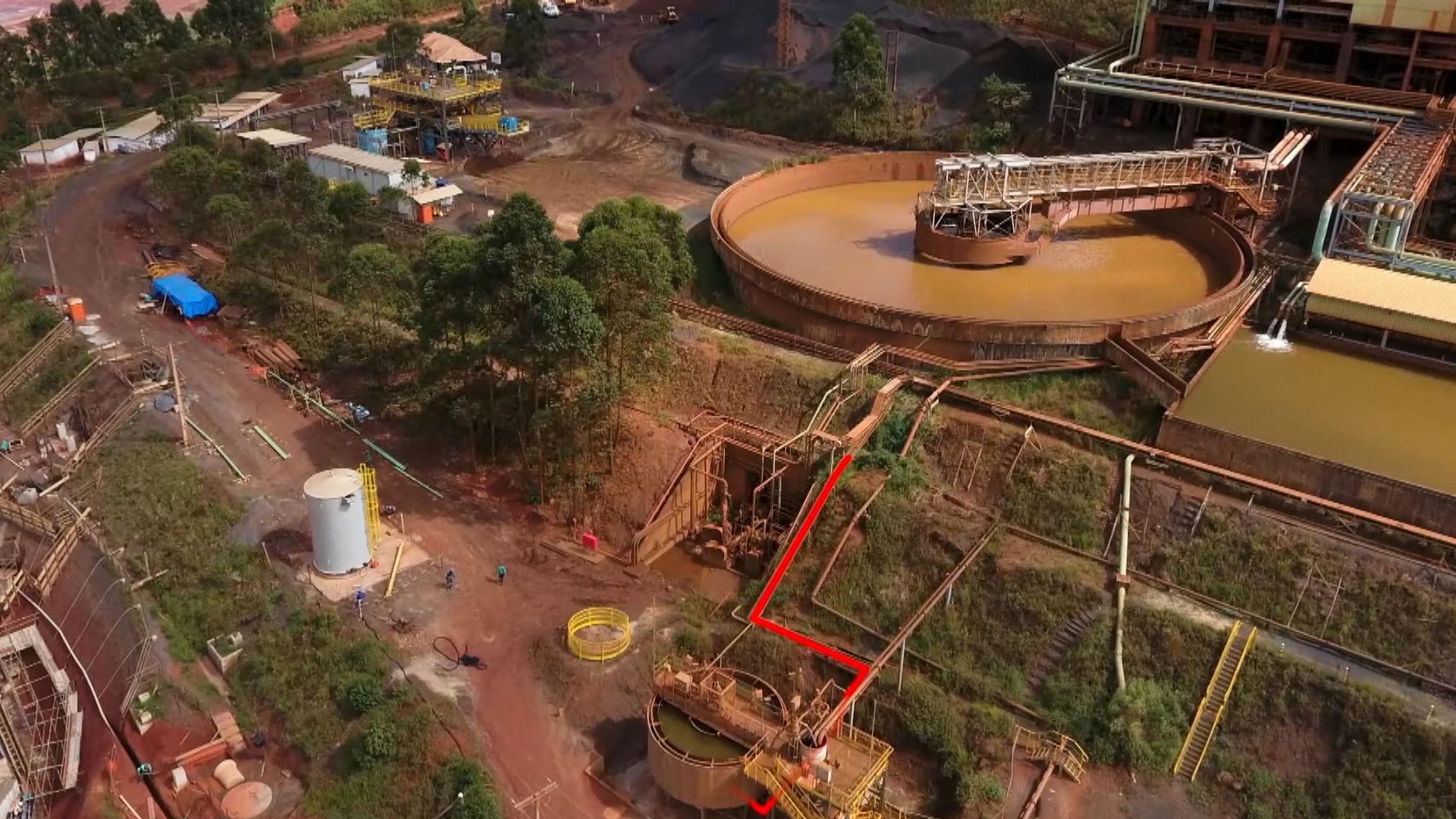U3O8 Corp. Further Optimizes Metallurgical Process on the Berlin Project, Colombia
Advancement contributes economic benefits to the high-value potential of the deposit
TORONTO, ONTARIO–(Marketwire – Oct. 17, 2012) – U3O8 Corp. (TSX:UWE)(OTCQX:UWEFF), a Canadian-based company focused on exploration and resource expansion of uranium and associated commodities in South America, reports that adding an acetic acid (vinegar) leach step to the metallurgical process by which the uranium, phosphate, vanadium, rare earths and other metals are extracted from the Berlin Project in Colombia, results in the following benefits:
- The reduction of acid costs by 50%;
- The production of a potentially saleable gypsum by-product;
- The concentration of the payable elements into 40-47% of the original mass through the selective removal of carbonate minerals;
- The reduction in the volume of tailings by 50-60%; and
- Taken together these benefits could have a material impact on project economics including reduced operating and capital costs, additional by-product credits as well as smaller equipment and tailings requirements.
“U3O8 Corp’s extensive metallurgical testing has resulted in the development of a straightforward ferric leach method that works very efficiently to extract the mix of commodities on the Berlin Project,” said Dr. Richard Spencer, U3O8 Corp’s President & CEO. “This latest advance of leaching the mineralized material with vinegar makes the subsequent ferric iron leach process more efficient. In addition, the re-generation of the vinegar for recycling into the process yields a high-quality gypsum by-product for potential use in the local and international construction industry and booming agricultural sector in Colombia. Potential credits from the gypsum could significantly reduce acid costs as well as lowering capital costs, thereby making a positive contribution to the project’s economics. A detailed flow sheet that defines the entire metallurgical process will be released shortly as we update on further optimization of the process and progress on the preliminary economic assessment due later this year.”
Flow Sheet for the Berlin Project
The flow sheet that has been developed from the extensive metallurgical test work done on the extraction of metals and phosphate from the Berlin Project incorporates three components as follows (Figure 1):
(1) Beneficiation – the subject of this press release – provides a means of concentrating the commodities of value into as small a mass as possible for further processing;
(2) Extraction of the various commodities into solution (“pregnant” solution) using the acidic ferric iron method. Results released in U3O8 Corp’s January 12, 2012 press release showed that excellent extraction of the metals and phosphate were achieved from the Berlin Project using a two-step ferric leach process, which was developed by improving on known technology that had been in commercial use in the Elliot Lake uranium mine in Ontario from the 1940s through to the 1970s. Step one is an acidic ferric iron leach, and step two is where the residue of the mineralized material is leached with weak sulphuric acid to liberate the commodities of value in the Berlin deposit; and
(3) Recovery of the individual commodities from the pregnant solution, which will be reported on shortly.
Beneficiation Using Acetic Acid (Vinegar) Leach
Mineralization at Berlin is in a limestone that contains about 55% carbonate – minerals that consume acid that is required to leach the metals and phosphate from the mineralized rock. Metallurgical tests showed that soaking the mineralized material in weak acetic acid efficiently and selectively removed the carbonate minerals and concentrated the elements of value in a small amount of carbonate-free residue that has 40%-47% of the mass of the original sample. This reduction in volume of material that undergoes the subsequent ferric leach extraction process, leads to smaller-sized equipment and lower reagent requirements, and consequently, should lower capital and processing costs. In addition, the large mass reduction makes the pregnant solution more compatible with conventional downstream metal recovery techniques and should contribute to lower costs associated with recovering the individual commodities. A further benefit of concentrating the phosphate and other metals into a much smaller volume is likely lower costs related to long-term storage of 50-60% less tailings.
In addition, not only can the vinegar be re-generated and recycled back into the leach circuit, but the re-generation process produces gypsum which assay results show to be of very high purity. Approximately 900 kilograms (“kg”) of gypsum dihydrate could be produced per tonne of ore with a current market value of about $30 per tonne that would potentially generate revenue to offset the sulphuric acid costs required for re-generation. Approximately 500kg of sulphuric acid per tonne of ore would be required for acetic acid re-generation. At a site cost of about $110 per tonne of sulphuric acid, each tonne of ore would require approximately $55 of sulphuric acid, offset by about $27 derived from the gypsum, for an estimated net cost of $28 per tonne of mineralized material for the removal of carbonate. This contributes to an expected cost reduction of approximately 50% in sulphuric acid costs.
More News
Rio Tinto posts lowest Q1 iron ore shipments since 2019, tempers forecast
April 15, 2025 | 03:55 pm
Trump orders tariff probe on all US critical mineral imports
April 15, 2025 | 03:16 pm
{{ commodity.name }}
{{ post.title }}
{{ post.date }}




Comments